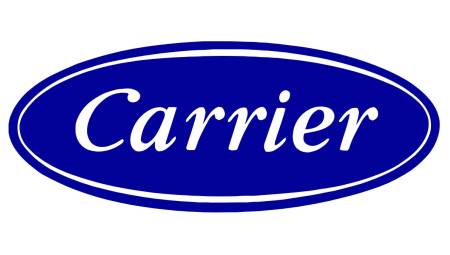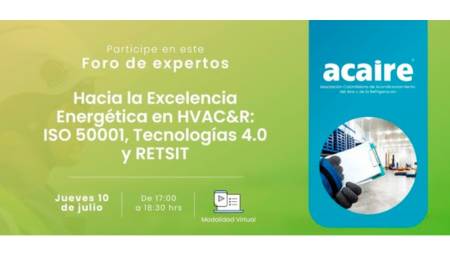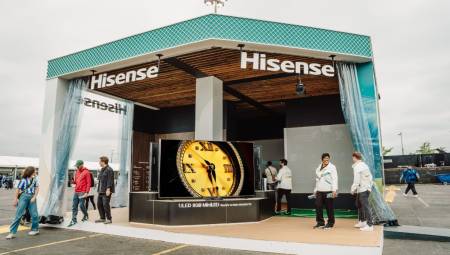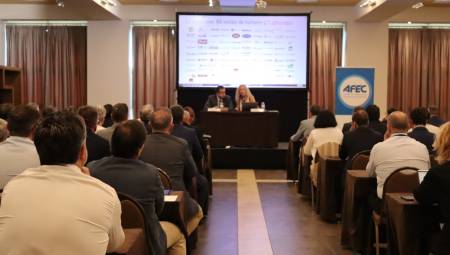Brazil. The mall is among the largest developments in the south of the country thanks to its 57,350 square meters of gross leasable area, which attracts one million people every month.
In 2022, Catuaí Shopping was looking for a way to reduce its fixed operating costs and condominium fees, in order to increase its appeal to its 300 tenants.
Therefore, the Johnson Controls company developed a project to optimize its HVAC system and reduce energy consumption, while maximizing the comfort of the project's occupants.
Project Challenges
The Chilled Water Plant (CAG) was made up of chillers from different manufacturers, technologies and capacities, which made the challenge of sequencing the equipment even greater. This was because each type of liquid cooler has a different performance curve and optimal operating points.
The HVAC system also featured a high-capacity Thermal Accumulation Tank (TAG) to supplement the thermal load and several masonry fan coils and cabinets distributed throughout the complex.
In addition to all this, the mall did not yet have any HVAC automation system in operation, so all operation management was manual.
 Fernando Ribeiro Gonçalves, Digital Solutions Manager at Johnson Controls, says that the suite of solutions designed for Catuaí helped put the existing equipment in its sweet spot. Due to its size and visibility, our support with the best technology was necessary for its efficiency and greater control of the operation," he says.
Fernando Ribeiro Gonçalves, Digital Solutions Manager at Johnson Controls, says that the suite of solutions designed for Catuaí helped put the existing equipment in its sweet spot. Due to its size and visibility, our support with the best technology was necessary for its efficiency and greater control of the operation," he says.
Phase 1: Central Plant Optimization – (CPO 10)
CPO 10, a control algorithm, aims to optimize the sequencing of equipment in the CAG. Its application collects information on efficiency curves, thermal load, control setpoints, temperature, and outdoor humidity, while prioritizing equipment and control speed in order to keep them at their most efficient.
In addition, once integrated into Johnson Controls' controllers, CPO 10 enables the generation of complex sequencing logic through Q&A, to support the management of the dedicated team in the contract with Catuaí Shopping.
Phase 2: Fan coil automation
Johnson Controls installed and integrated the automation system for all of the masonry fan coils and cabinets in the project's common areas. The system consists of intelligent controllers, pressure-independent control valves, gate actuators, temperature and CO2 sensors installed in the monitored environment.
Meanwhile, Metasys allows the Shopping Centre to have a view of the areas served by these fan coils, enabling greater thermal comfort and air quality for the occupants.
Phase 3: Indicators, Measurements, and Remote Monitoring
Through the ROC, Johnson Controls also performs performance measurements to create KPIs and monitor the metrics estimated in the efficiency study:
- Consumption in CAG TR to match the HRT of the efficiency study.
- Consumption in KWh of CAG to match the baseline of the study.
- CAG efficiency, i.e. how many KWh are consumed per TR generated.
- Supply, return and setpoint temperatures for chillers and secondary units.
- External temperature of dry bulb and wet bulb.
- Percentage of equipment availability.
Results
In the first year of implementation, the mall managed to reduce the energy consumption of the CAG by 18%. In the second year, this reduction accumulated a total of almost 30%. With these results, the energy efficiency level that previously had a rate (kW/TR) of 1.4 became only 0.6, generating savings of almost US $200 thousand.
In addition, the facilities showed a considerable improvement in occupant thermal comfort and a reduction in customer complaints, among other results, such as:
- Carbon emissions were reduced by an average of 106 tons per year.
- In 2020, centrifuges were responsible for 51% of cold production. This percentage increased to 79% in 2022.
- Energy consumption increased from 4,479,000 kWh in 2020 (base year) to 3,228,000 kWh in 2022.
Willian Fresneda, Operations Manager at Allos, the mall's operating company, says, "From the beginning, Johnson Controls proved to be one of the best partners and with the best technology for automation, which provided an important differentiator."















